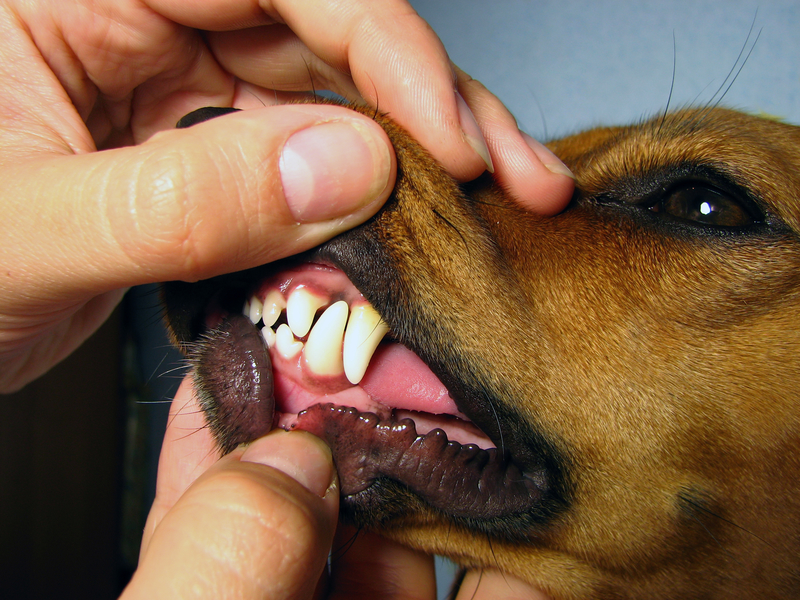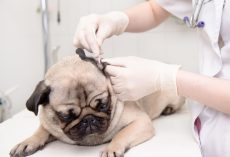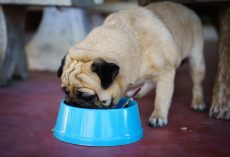Many of our dogs' health issues can be prevented by staying informed and being a little bit more diligent. We wish they could keep us updated on any symptoms of illness.
Dogs are fairly good at hiding any health problems so unless their personality changes, you might not notice that they're suffering. Read about ways in which you can prevent your dog from having problems with gum and heart disease:
Plaque Buildup Can Lead to Gum Disease
If your dog has gingivitis, the gums will be red rather than pink and his breath may be noticeably stinky. If the tartar isn’t removed, it will build up under the gums, eventually causing them to pull away from the teeth. This creates small pockets in the gum tissue that become repositories for additional bacteria.
Gum Disease Can Lead to Heart Disease
When periodontal disease is present, the surface of the gums is weakened. The breakdown of gum tissue allows mouth bacteria to invade your pet’s bloodstream and travel throughout his body. If his immune system doesn’t kill off the bacteria, it can reach the heart and infect it.
5 Steps to Keep Your Dog's Mouth Healthy
1. Feed a nutritionally balanced, species-appropriate, fresh food diet, and feed it raw if possible. When your dog gnaws on raw meat, it acts as a kind of natural toothbrush and dental floss.
2. Offer recreational bones and/or a fully digestible, high-quality dental dog chew to help control plaque and tartar. The effect of dental chews is similar to raw bones, but safer for power chewers or dogs that have restorative dental work and can’t chew raw bones.
3. Brush your pet’s teeth, preferably every day. If every day is too tall an order, commit to do it several times a week.
4. Perform routine mouth inspections. Your dog should allow you to open his mouth, look inside and feel around for loose teeth or unusual lumps or bumps on the tongue, under the tongue, along the gum line and on the roof of his mouth.
5. Arrange for regular oral exams performed by your veterinarian.
What to Expect When Your Dog Has a Professional Oral Exam and Teeth Cleaning
Prior to the oral exam and cleaning, your dog should undergo a physical exam and blood tests to insure she can be safely anesthetized for the procedure. The day of the cleaning, she’ll be sedated and a tube will be placed to maintain a clear airway and so that oxygen and anesthetic gas can be given.
An IV catheter should also be placed so that fluids and anesthesia can be administered as appropriate throughout the procedure.
Once all the plaque and tartar is off the teeth, your dog’s mouth will be rinsed and each tooth will be polished.
The oral exam, x-rays and cleaning with no tooth extractions usually takes about 45 minutes to an hour. The cost will depend on where you live, and typically ranges from around $200 to $1,000. Veterinary dental specialists often charge more. Extractions are typically priced according to the type of tooth and the time and work needed to remove it.
The same dental issues that affect humans also affect dogs. Since they can speak to us, it's our responsibility as dog owners to keep an eye out for any changes in our dog's mouth and to seek medical help if we're concerned. You don't want your dog to suffer as a result of a health issue that could have been prevented by having their teeth cleaned by the vet. It's not worth it!
As with any health issue, it's always better to err on the side of caution. Your dog can then get right back to chewing on toys and gnawing on bones! For more on this important issue check out Healthy Pets.









